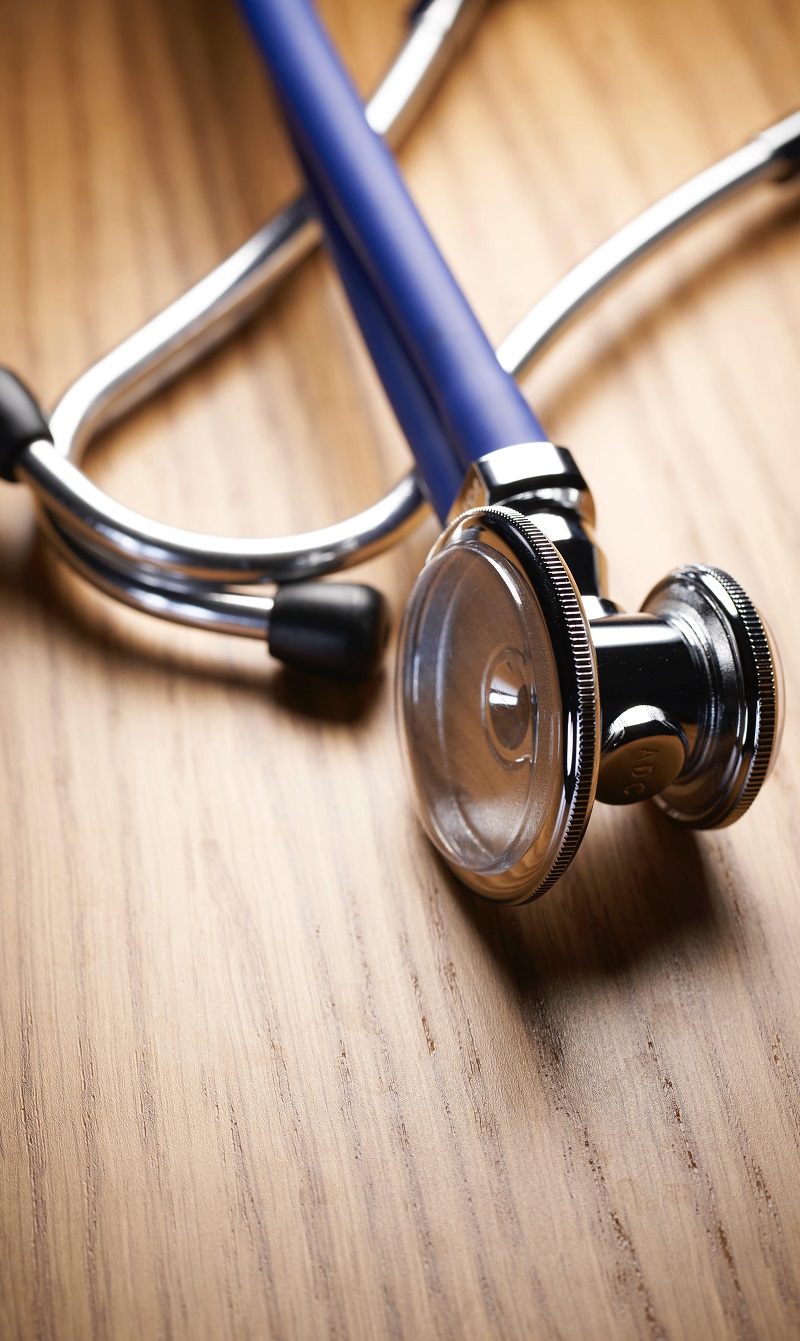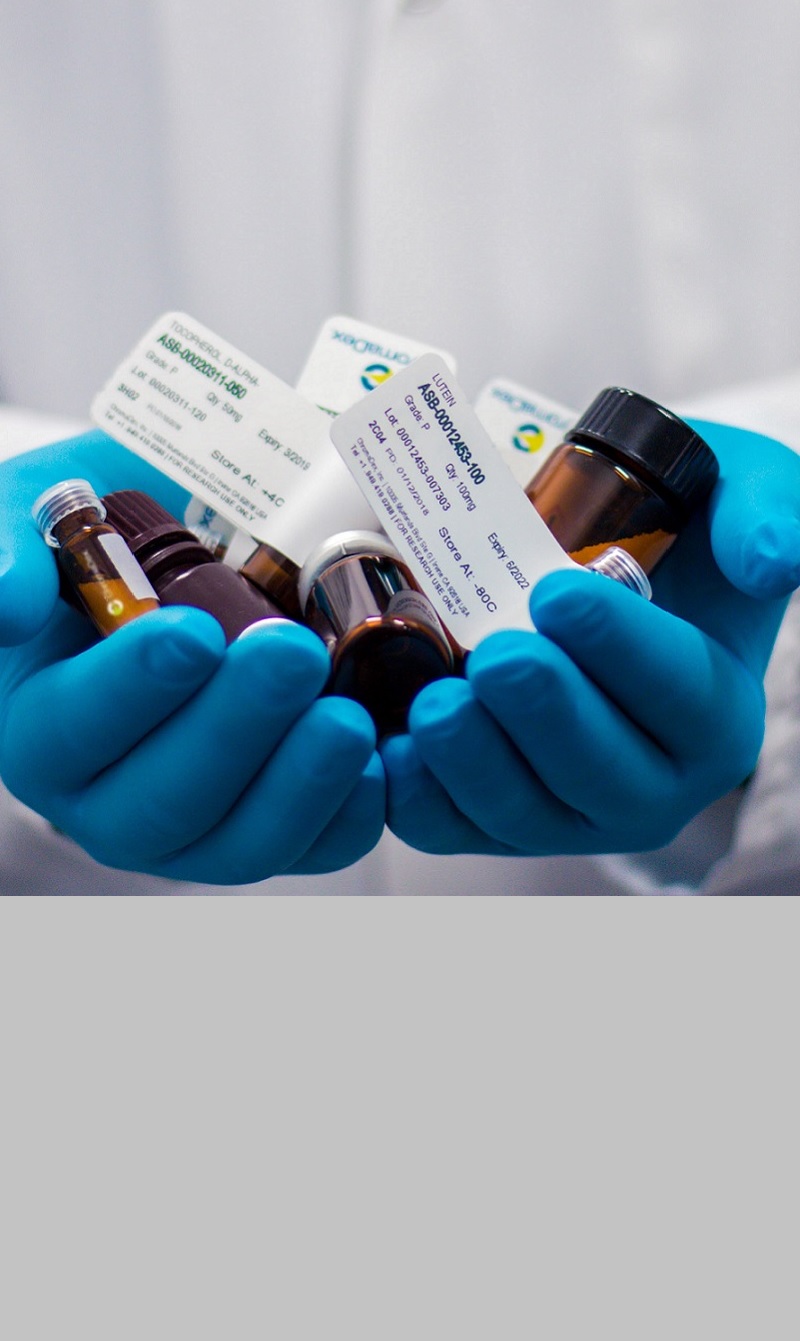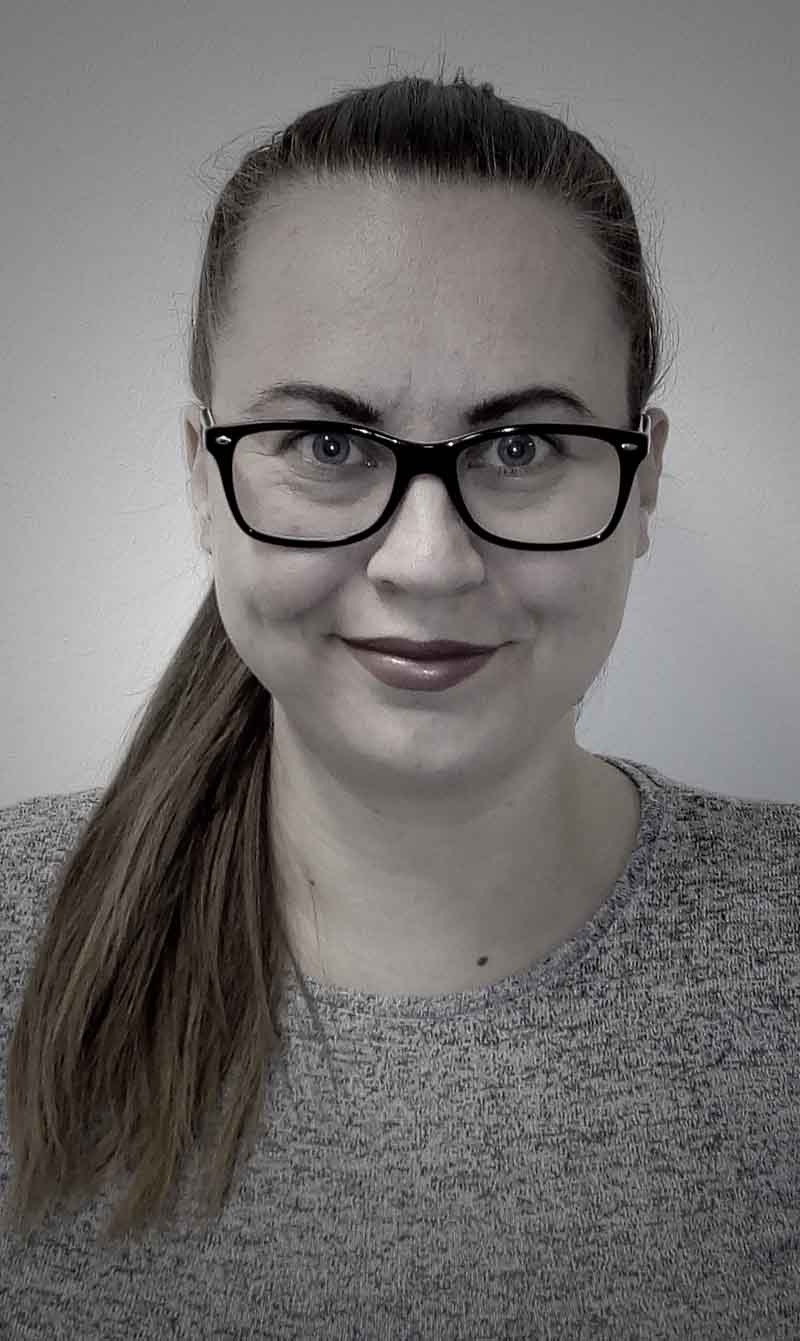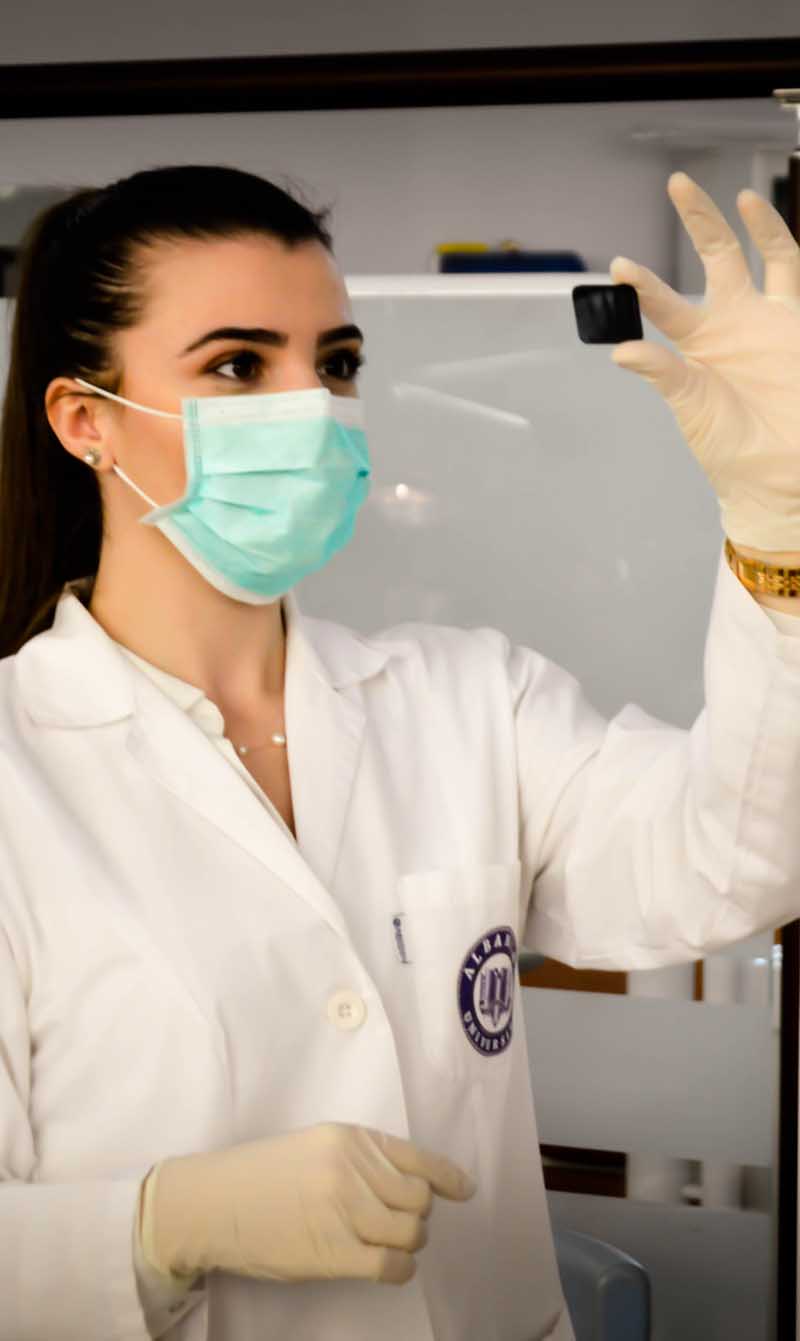Mending broken hearts
Following the 6th WIEF-UiTM Global Discourse on Regenerative Medicine, a group of six Malaysian cardiologists visited Osaka University’s Graduate School of Medicine, Japan, in 2016. Professor Yoshiki Sawa, from the Department of Cardiovascular Surgery, explained how his scientific research was working to make treatment for heart diseases available for clinical use.
Cloning, replaceable body parts, organs that regenerate-movies have long depicted a future filled with what was once thought to be mere works of an over-imaginative mind. But, is man actually capable of achieving the impossible and making fiction a reality?
Science fiction may not be too far-fetched after all. The 21st century has brought about countless medical discoveries and procedures that have saved and prolonged many lives. At the beginning of the 20th century, the average human life expectancy was 47.3 years. A century later, it has shot up to 77.85 years-thanks to advancements in technology, vaccines, and treatments.
One of the latest of these is regenerative medicine. As the name suggests, regenerative medicine is an interdisciplinary field of research and clinical applications focused on the repair, replacement or regeneration of cells, tissues or organs to restore impaired function resulting from any cause, including congenital defects, disease, trauma, and aging. It uses a combination of several converging technological approaches, both existing and newly emerging, that moves it beyond traditional transplantation and replacement therapies.
The 6th WIEF-UiTM Global Discourse on Regenerative Medicine, which took place on 25 February 2015, was an attempt to explore the new paradigm of healthcare. It focused on the importance and potential of regenerative medicine to the future of healthcare and success factors to stakeholders’ participation in the industry.
The regenerative medicine approaches often stimulate and support the body’s own self-healing capacity and may include the use of soluble molecules, gene therapy, stem cell transplants, tissue engineering, and the reprogramming of cell and tissue types. Scientific research is working to make treatments available for clinical use, and one such research programme is led by Professor Yoshiki Sawa and his team in Osaka, Japan.
WIEF’s visit
In March 2016, the WIEF Foundation led a delegation of six Malaysian cardiologists on a study tour to the Department of Immunology and Regenerative Medicine at the Osaka University Graduate School of Medicine in Osaka, Japan. The visit allowed the group to study and examine Cardiac Regenerative Therapy, a revolutionary method that uses cell sheets technology, to further advance the progress of regenerative medicine in Malaysia as a treatment for heart diseases.
The delegation was led by Dr Shigeru Miyagawa, Professor from the Cardiovascular Surgery Division, Department of Surgery, and Assistant Professor Noriko Inoue from the Department of Medical Innovation, Osaka University Hospital.
The delegation was briefed on the process of using Myoblast Cell Sheets to mend a ‘broken heart’, which involves harvesting muscle cells, culturing them in special dishes for 21 days and then freezing them. A day before the operation, the cells are made into Myoblast Cell Sheets before they are fixed to the heart’s anterior and/or lateral walls.
Joint research results
The joint research project between Professor Yoshiki Sawa from the Osaka University Graduate School of Medicine and Professor Teruo Okano of Tokyo Women’s Medical University began in 2000 with Professor Yoshiki’s pre-clinical studies on mice, pigs, and other animals. When the studies yielded encouraging results, Professor Yoshiki and his group implanted the Myoblast Cell Sheets in a human patient suffering from dilated cardiomyopathy in 2007. The patient responded well to the procedure and his cardiac function was restored.
In 2012, the group proceeded to clinical trials on patients with end-stage heart failure using autologous (patient-derived) Myoblast Cell Sheets in partnership with Terumo Corporation, a medical products manufacturer based in Japan. Studies on the 40 patients who were treated showed a low mortality rate and improvement in heart function, with a success rate of 82.5 percent.
Besides visiting the labs, the study tour’s itinerary also included the World Alliance Forum at the Awaji Yumebutai International Conference Centre on Awaji Island, which focused on the High-Tech Medical Revolution and National Strategic Economic Zones.
Key speakers included Nobel Laureate Dr Shinya Yamanaka, director of the Centre for iPS Cell Research and Application in Kyoto University; Dr Hideyuki Okano, a specialist in neural and spinal regeneration from the Keio University School of Medicine; Professor Yoshiki Sawa, Dean of the Osaka University Graduate School of Medicine; and Dr Masayo Takahashi, Project Leader for Retinal Regeneration at the RIKEN Centre for Developmental Biology. The goal of the World Alliance forum is to encourage the development of advanced healthcare solutions into key industries in the future.
Moving on
The vast majority of treatments for chronic and/or life-threatening diseases are palliative. Others delay disease progression and the onset of complications associated with the underlying illness. Very few therapies and treatments in use today are capable of curing or significantly changing the course of a disease. The result is a healthcare system burdened by costly treatments for an aging, increasingly ailing population, with few solutions for containing rising costs. With regenerative medicine, it is possible to overcome such issues and improve the patients’ quality of life.
Delivering cures through regenerative medicine requires coordination amongst a broad range of stakeholder groups from industry, academia, government, healthcare professionals, the investment community, and consumer advocates. As a facilitator, the WIEF Foundation aims to draw all these parties together to create an influential and unified community to pave the way for a healthier future with many new life-saving therapies in Malaysia and beyond, if possible.
About Professor Yoshiki Sawa
Osaka native Professor Yoshiki Sawa earned his medical degree in 1980 from the Osaka University Medical School. He then did his internship in general, thoracic and cardiovascular surgery from 1981 to 1985. In 1987, he earned his PhD and moved on to become a research and clinical fellow at the Max-Planck Institute in Germany, supported by the Humboldt Scholarship from 1989 to 1991.
His major research interests were in heart failure, including heart transplant and ventricular assist devices; new technology such as hybrid surgery, minimally invasive cardiovascular surgery and regenerative therapy.
In 1998, Professor Yoshiki became the Associate Professor attached to the Department of Cardiovascular Surgery at the Osaka University Medical School. He became the Associate Professor attached to the Medical Centre for Translational Research at the same university in 2002.
He was a visiting professor for CiRA (Centre for iPS cell Research and Application) at Kyoto University in 2009. He became Director of the Centre for Advanced Medical Engineering and Informatics of Osaka University in 2010, Vice Chair of the Medical Innovation Promotion Office, Cabinet Secretariat in 2011, and Assistant Director of the Osaka University Hospital and Director of the Medical Centre for Translational Research in 2012.
Professor Yoshiki is currently Dean of the Osaka University Graduate School of Medicine. He is also attached to the Department of Cardiovascular Surgery and is a director of Global Centre for Medical Engineering and Informatics at Osaka University.
He sits on the editorial board as editor-in-chief of Surgery Today by the Japanese Surgery Society; Journal of Artificial Organs by the Japanese Association of Artificial Organs; and the Japanese Journal of Cardiovascular Surgery by the Japanese Society for Cardiovascular Surgery.
___________________
Photo by Anna Kolosyuk on Unsplash





